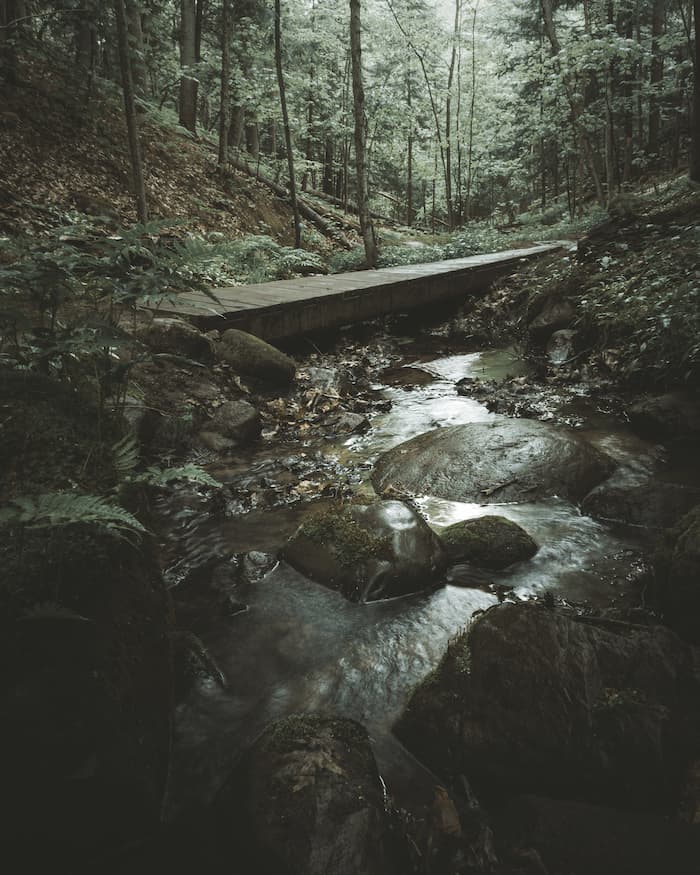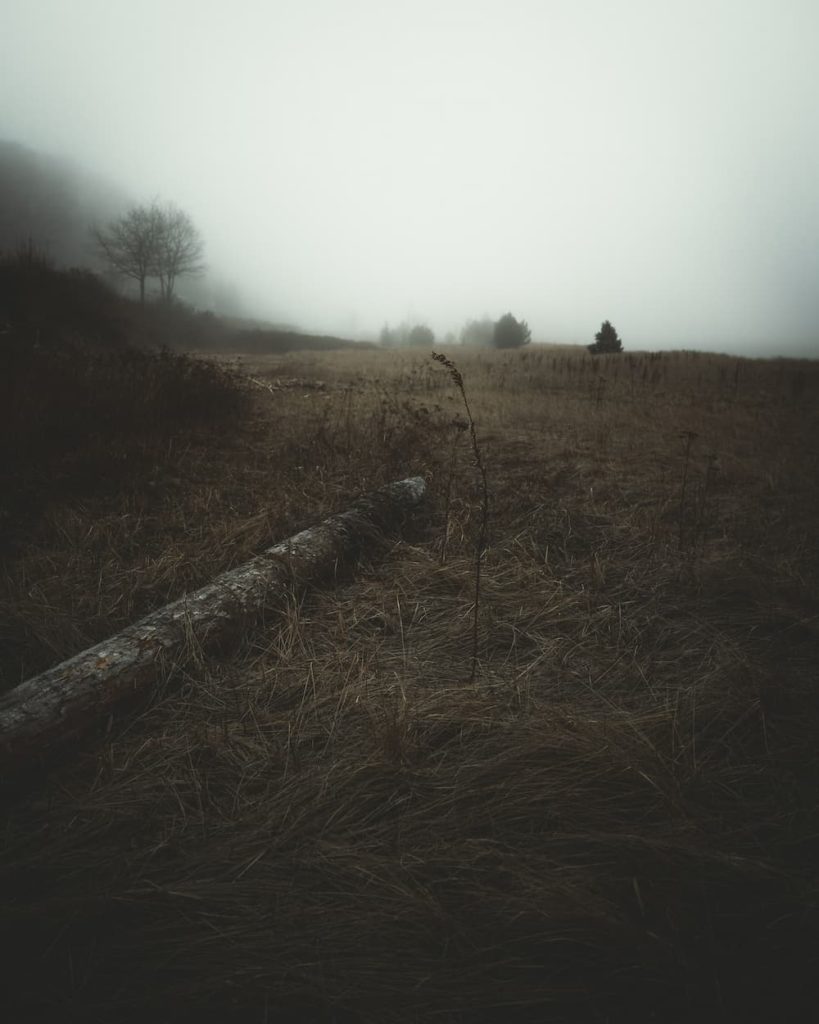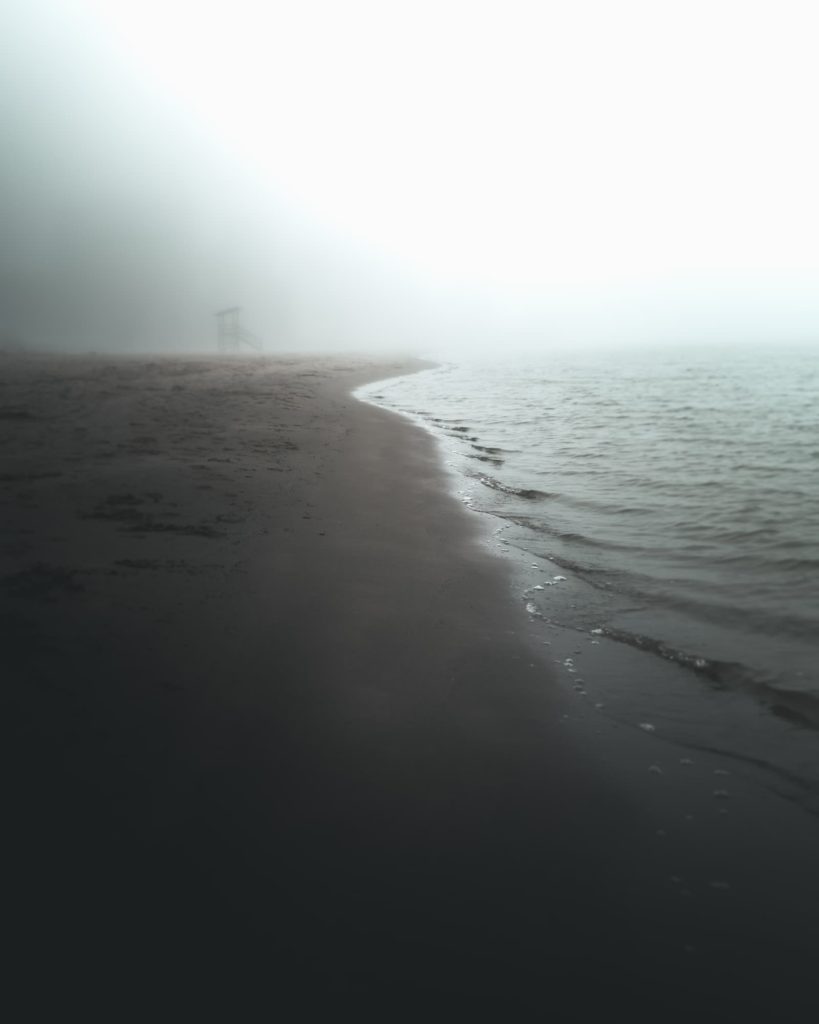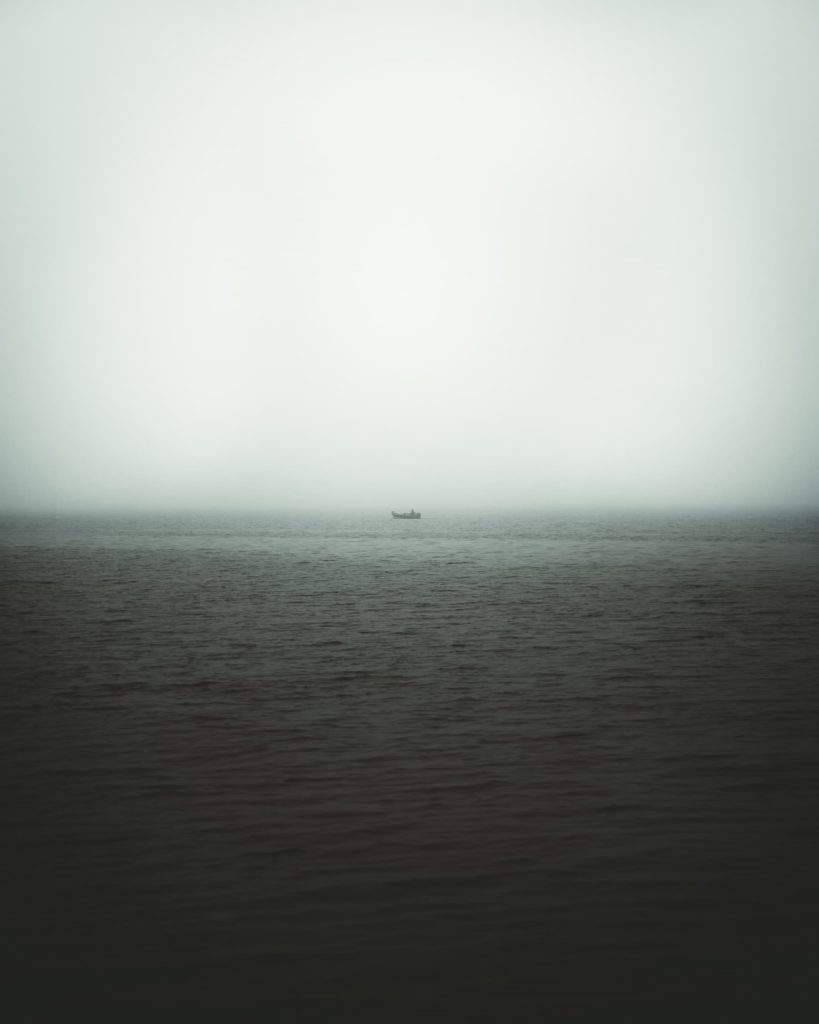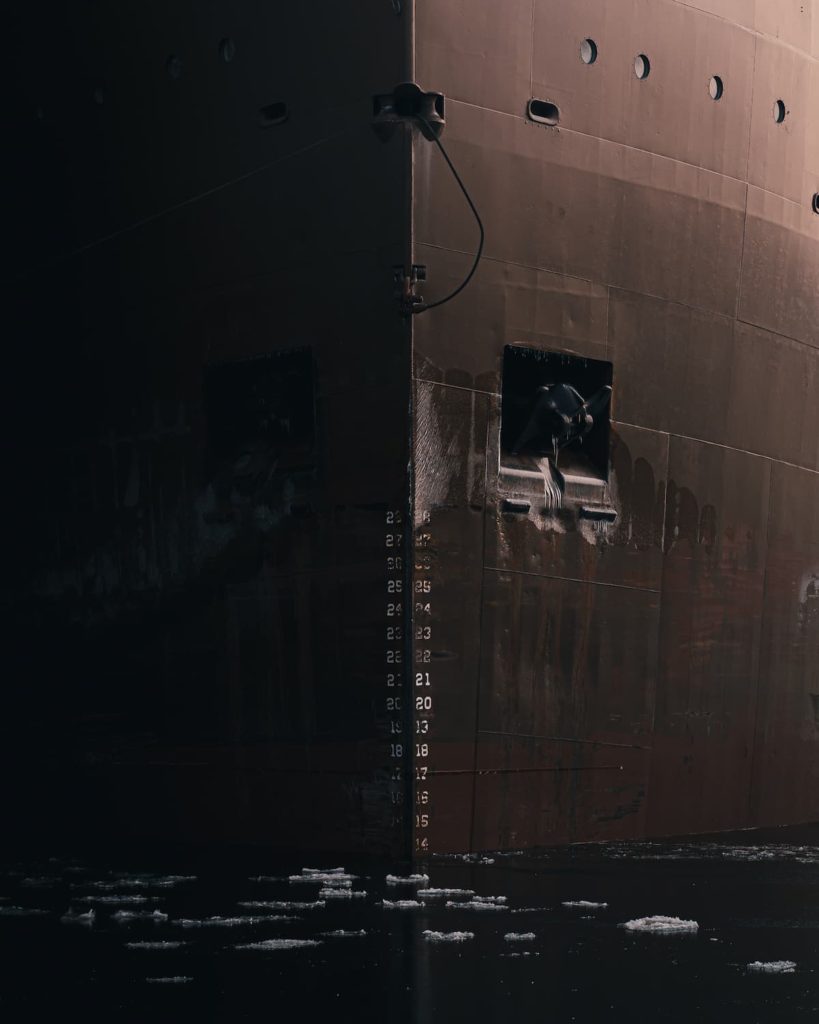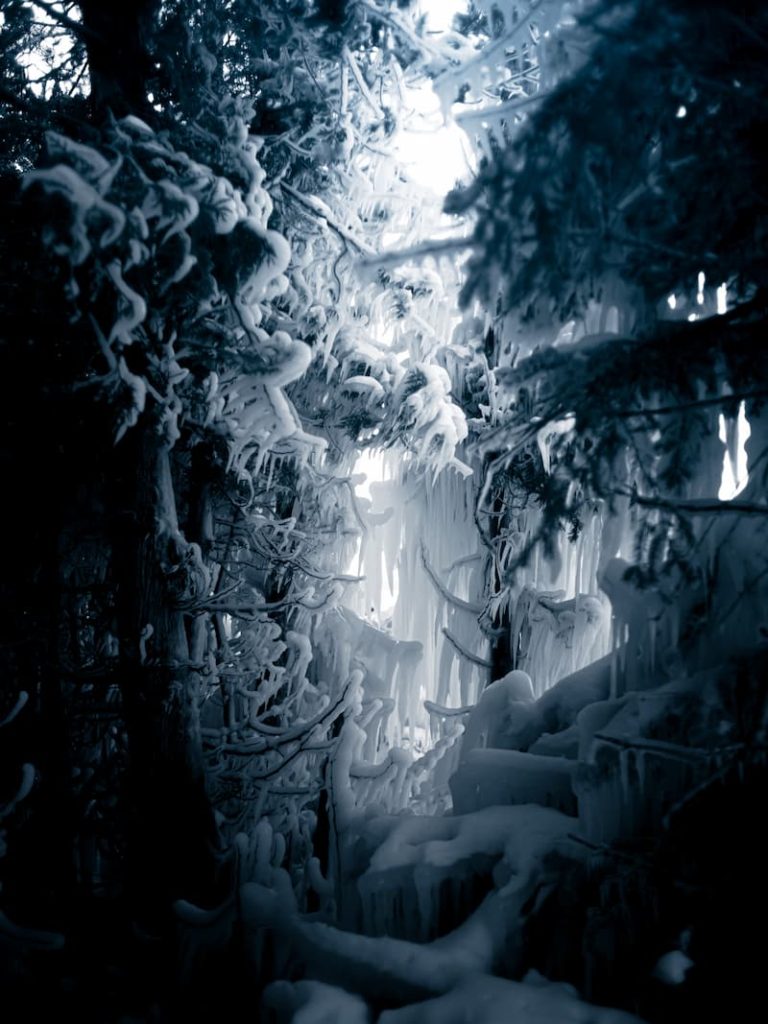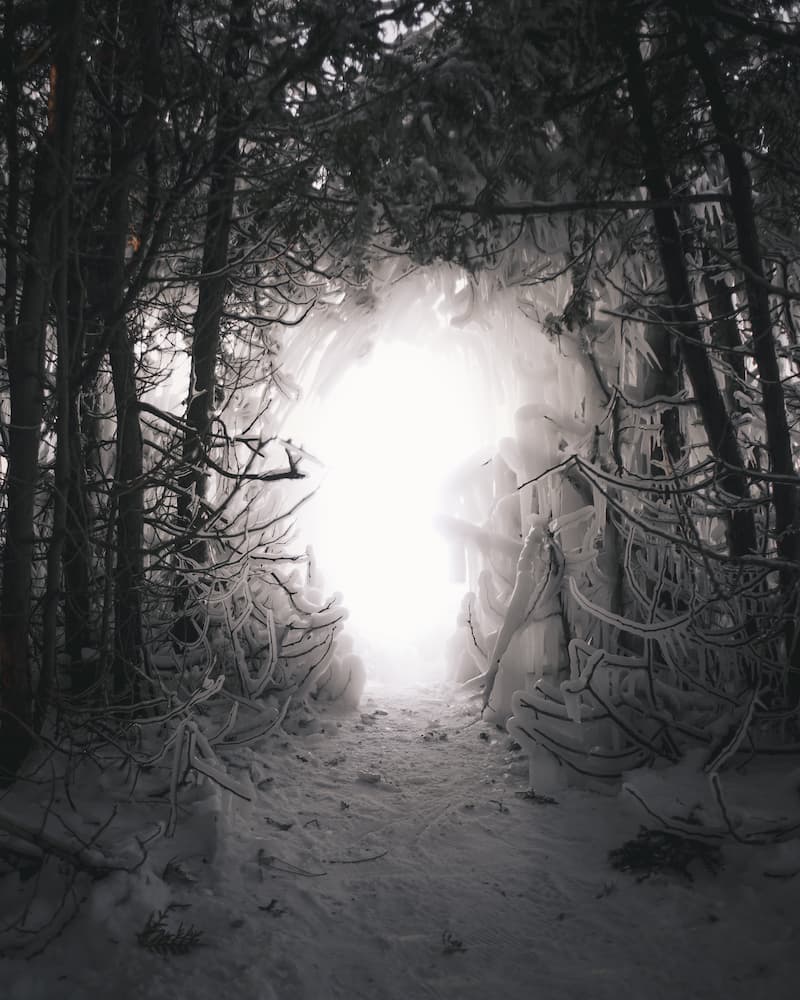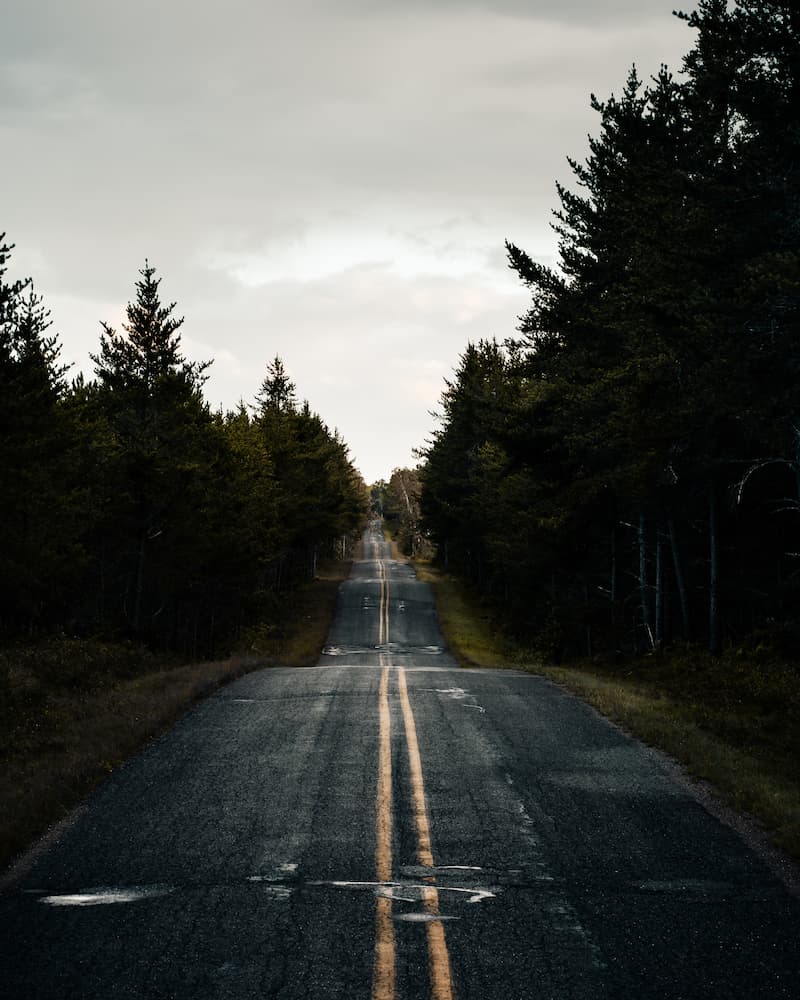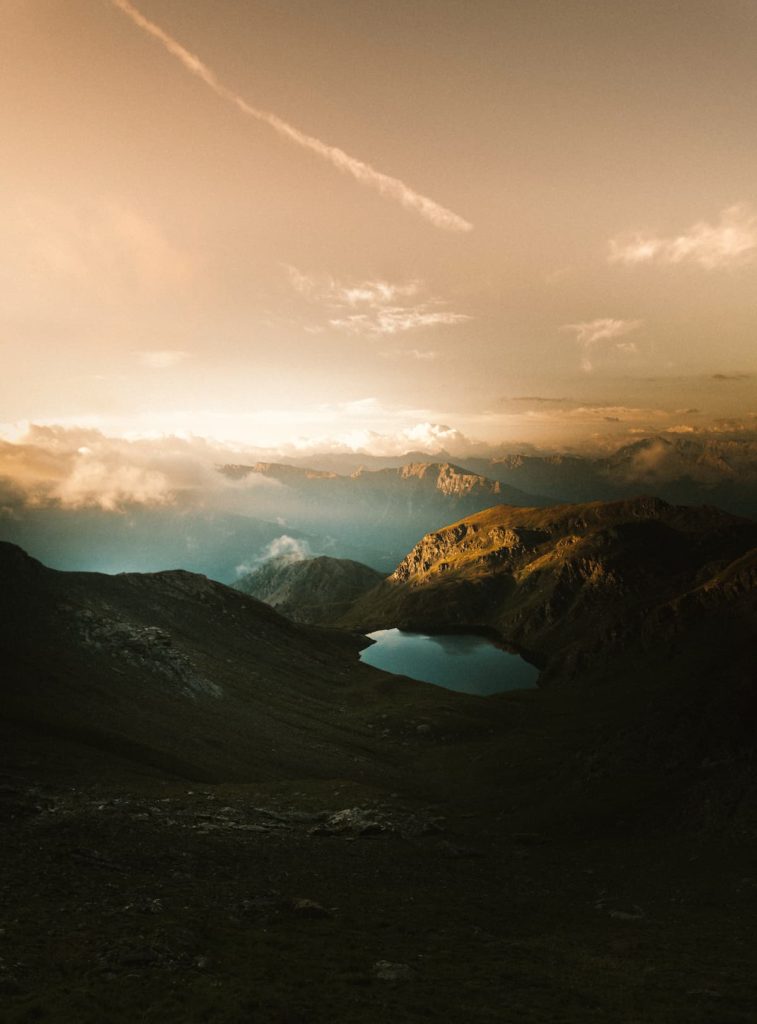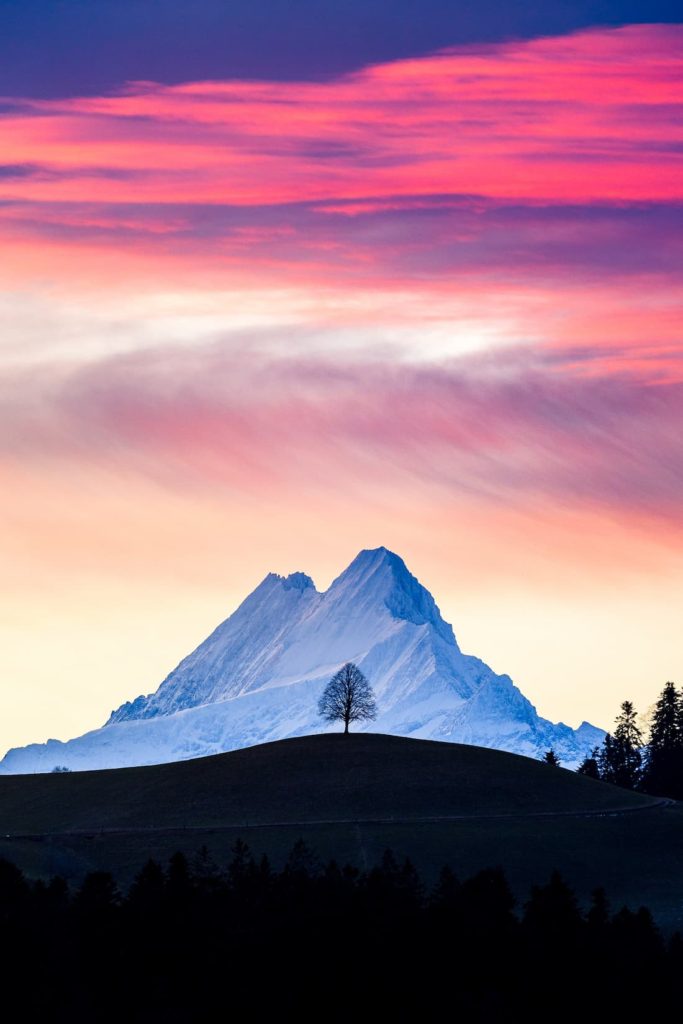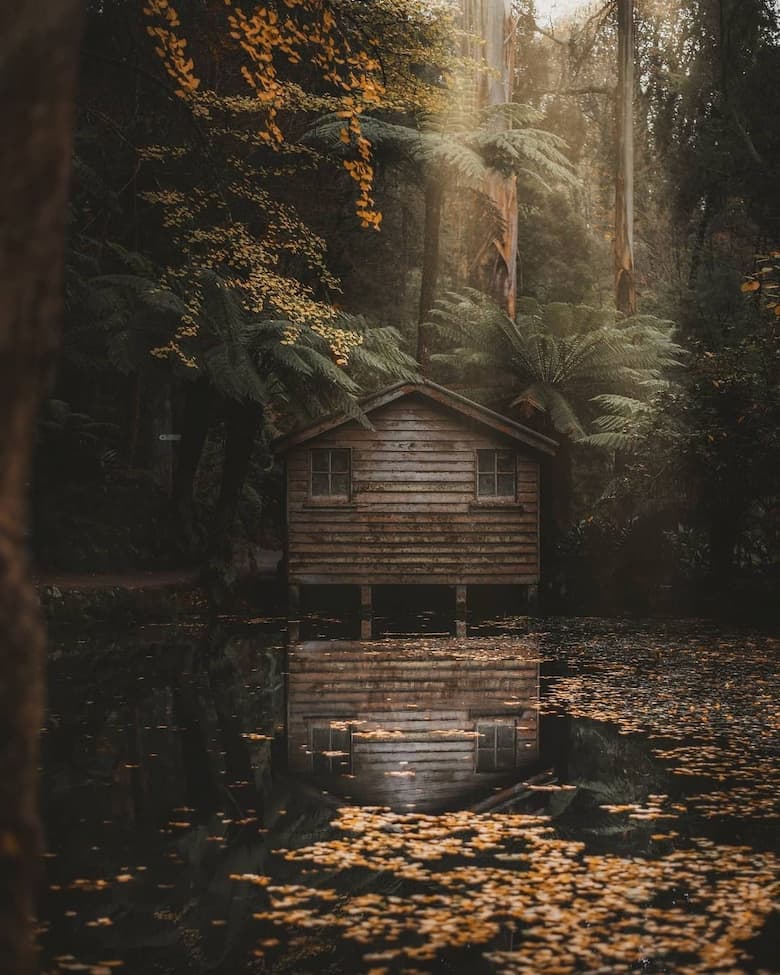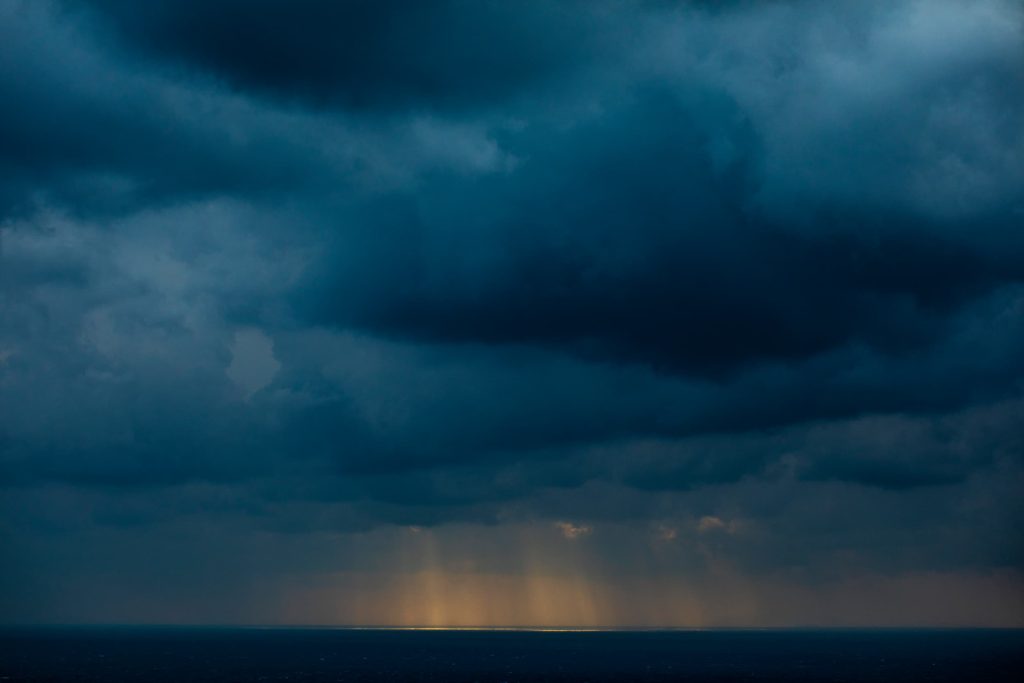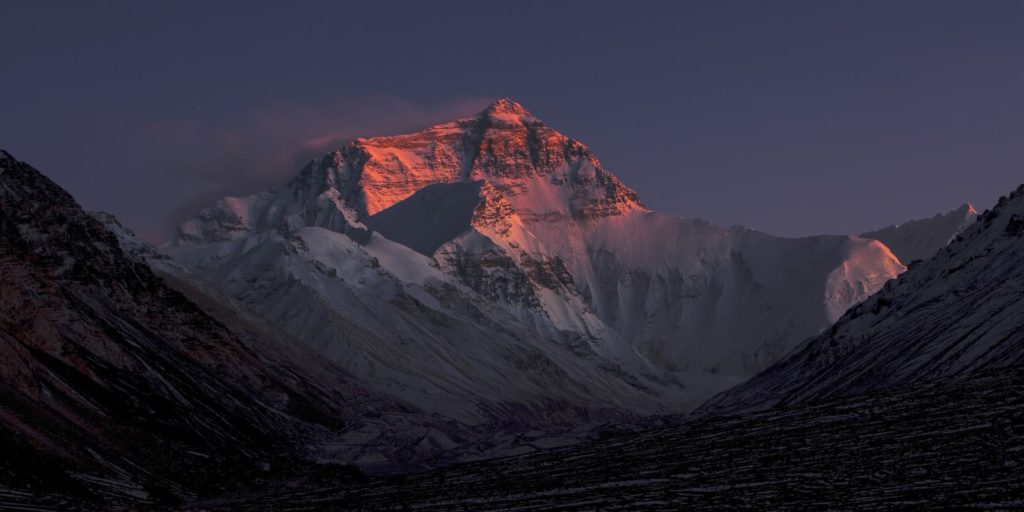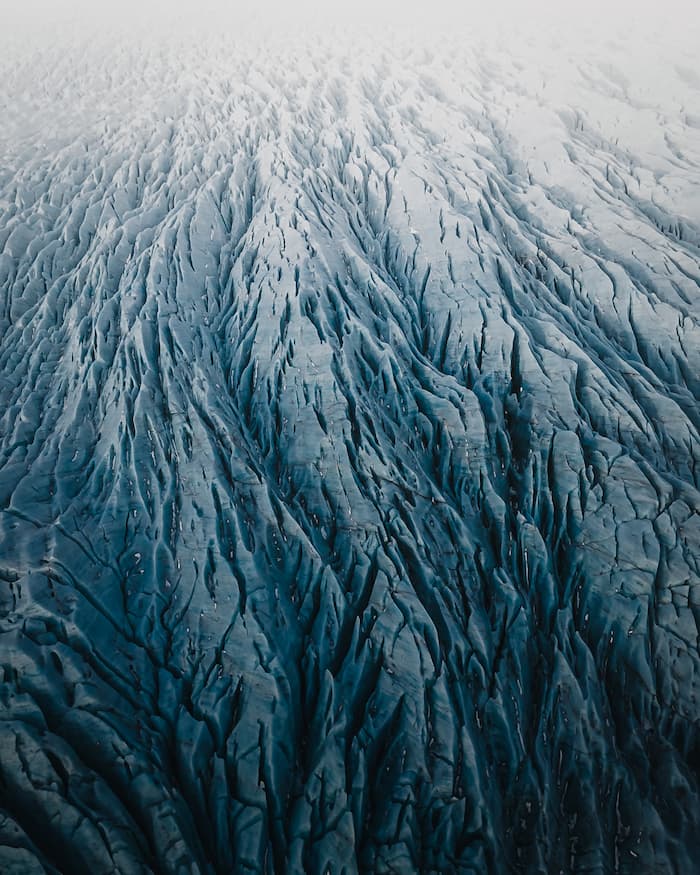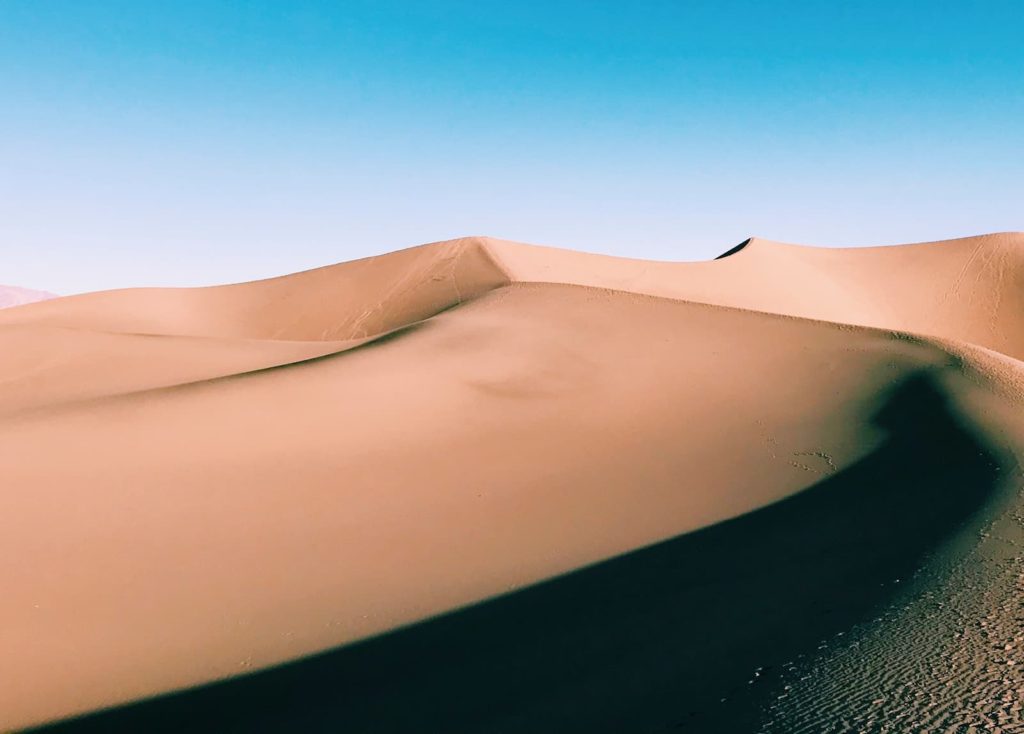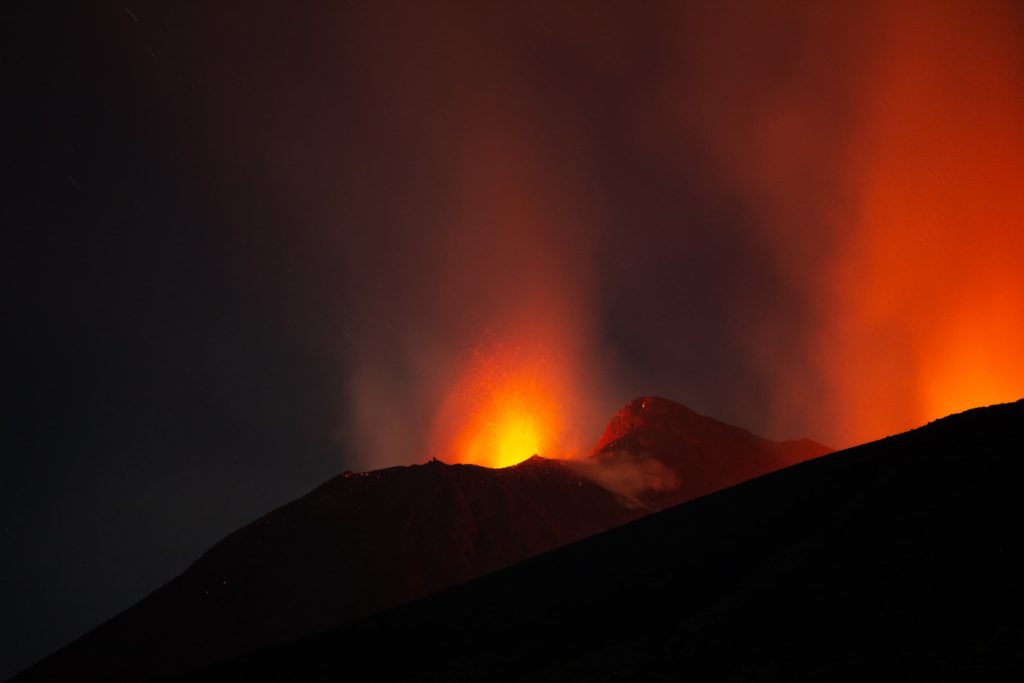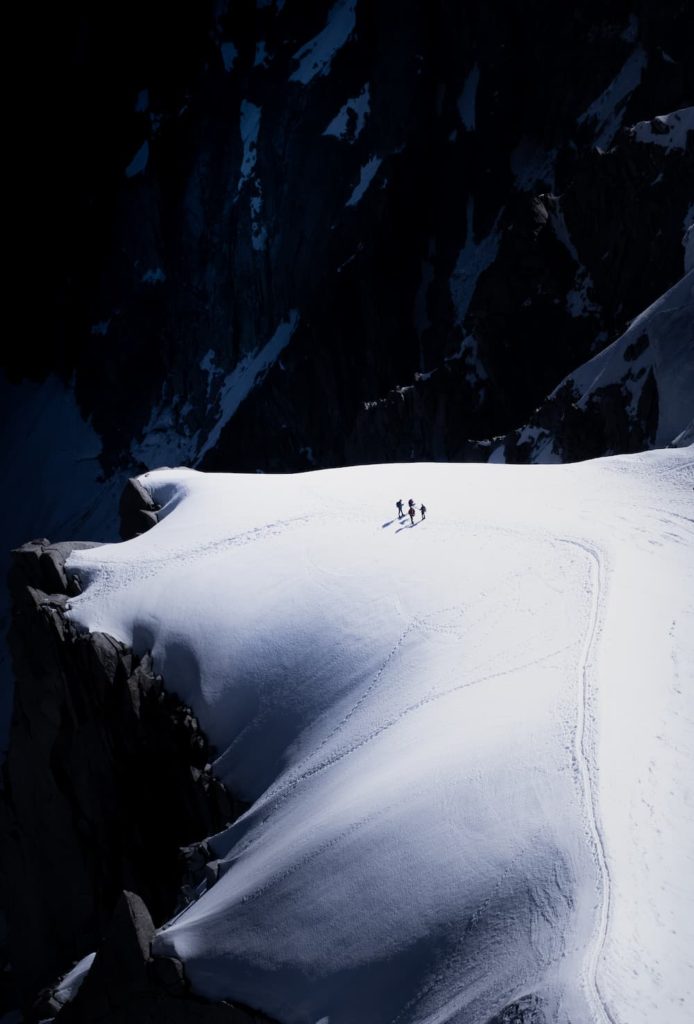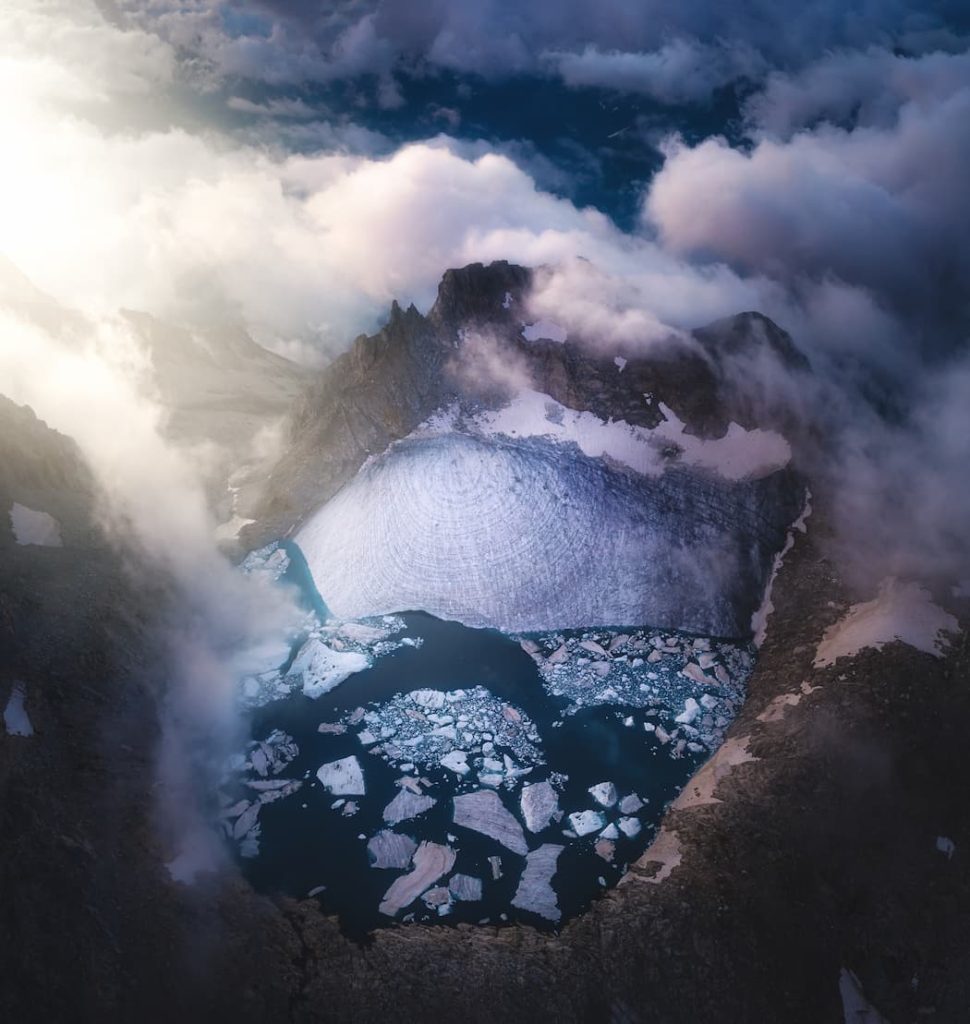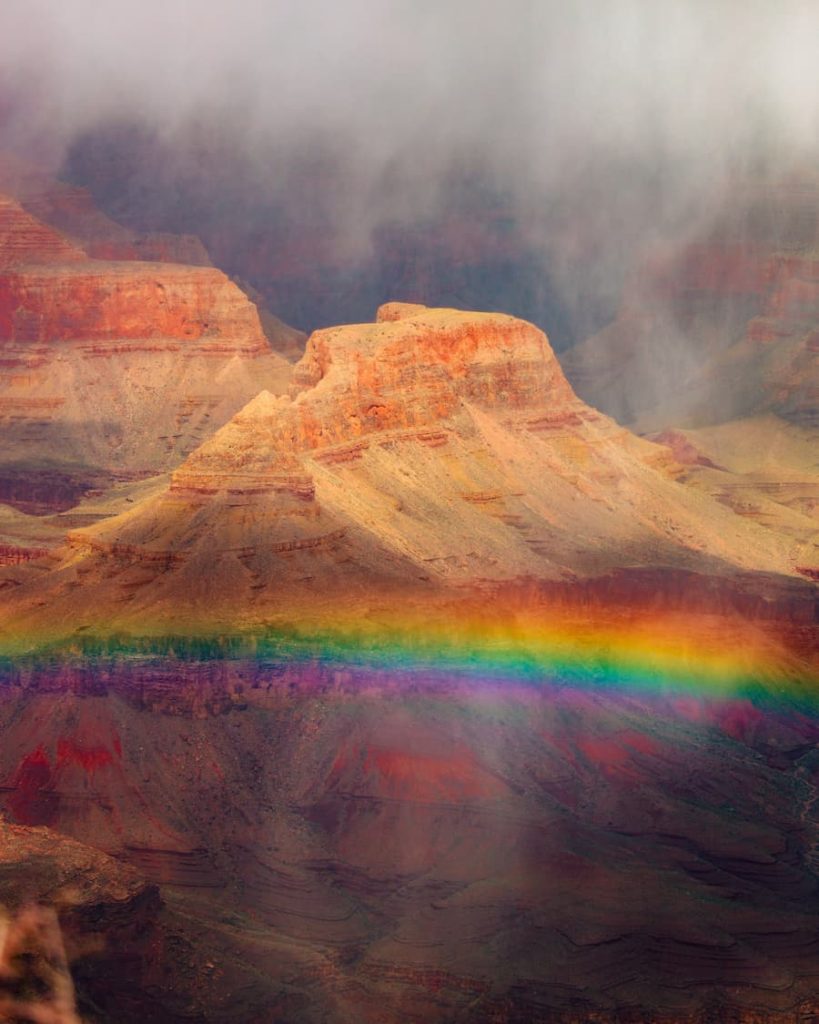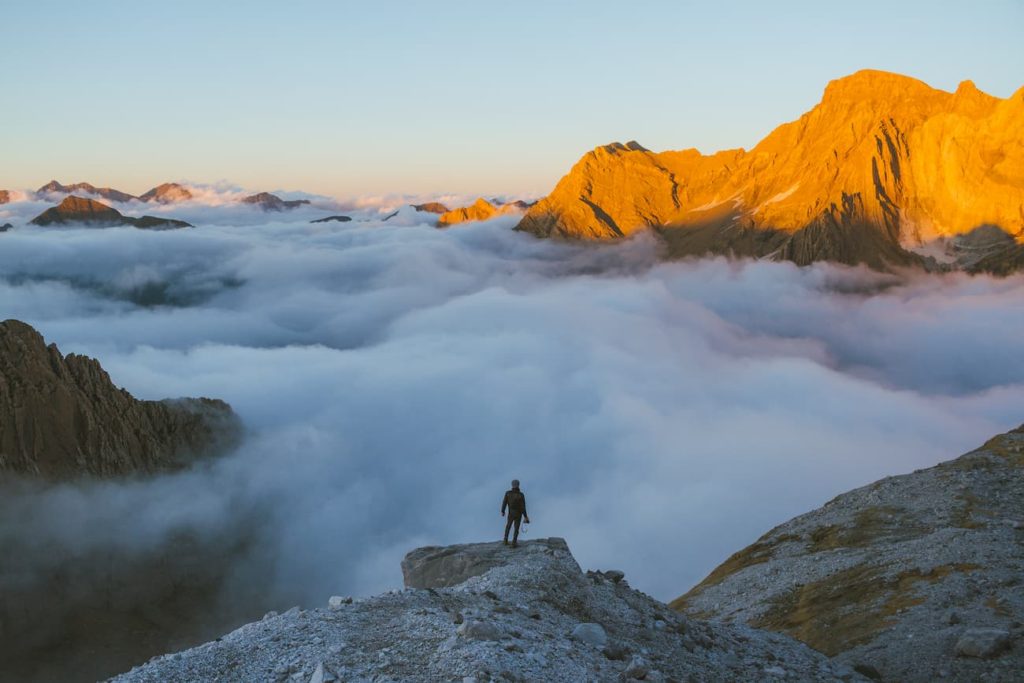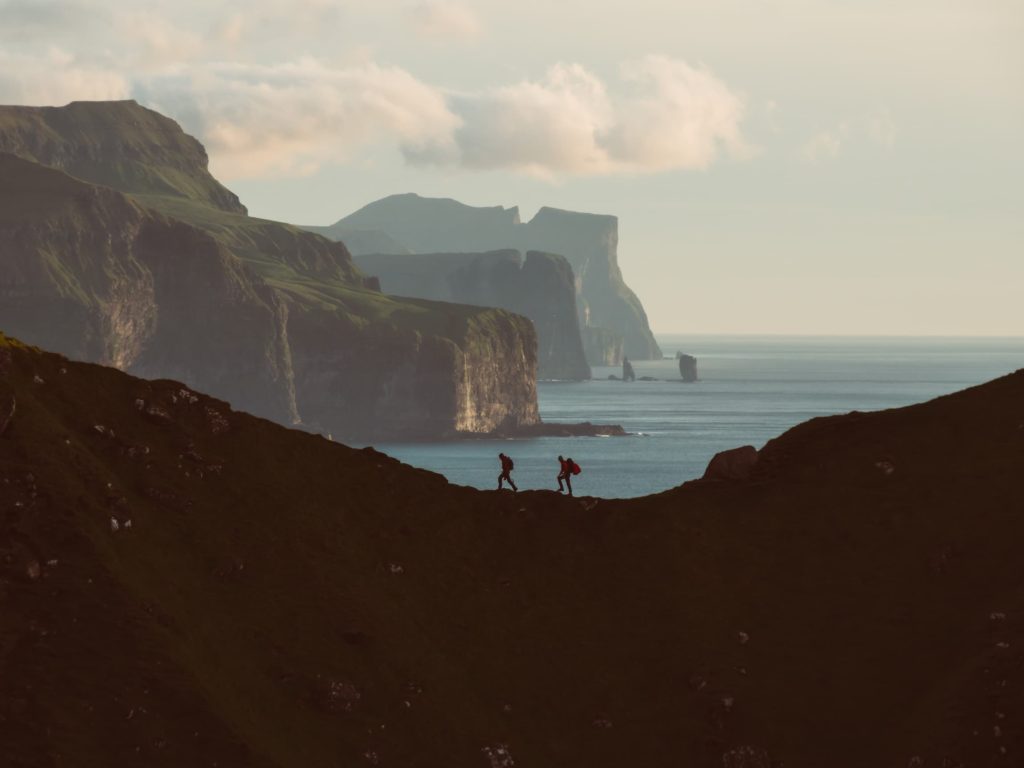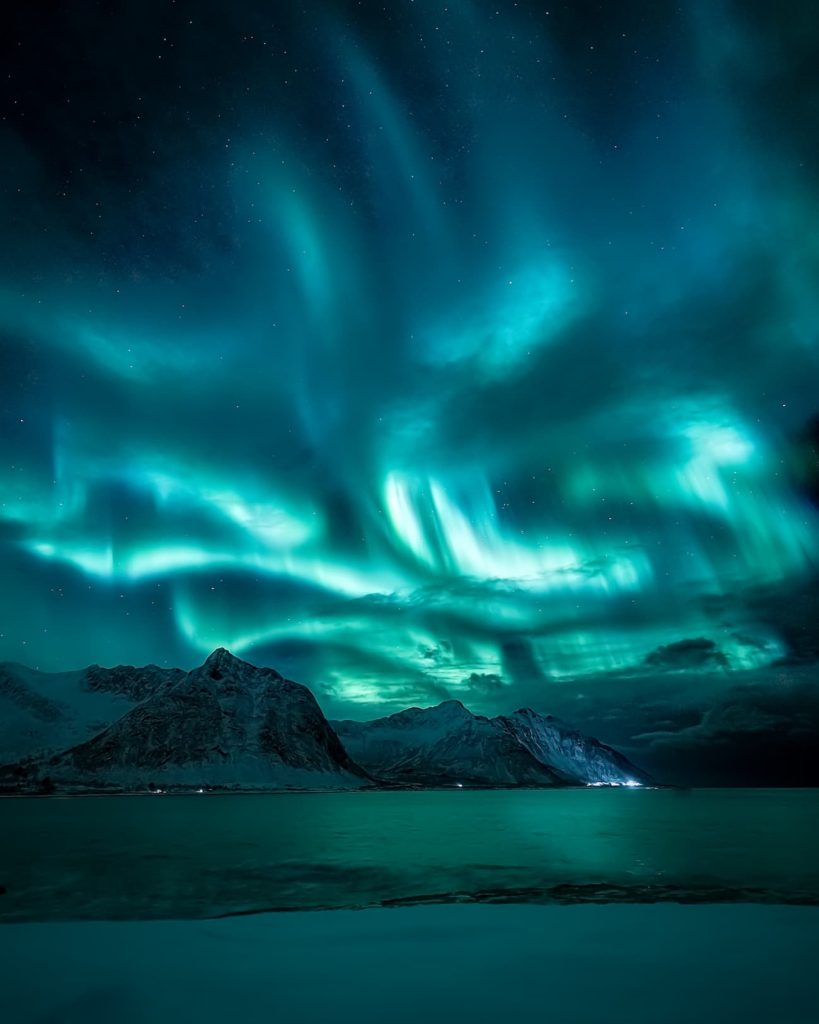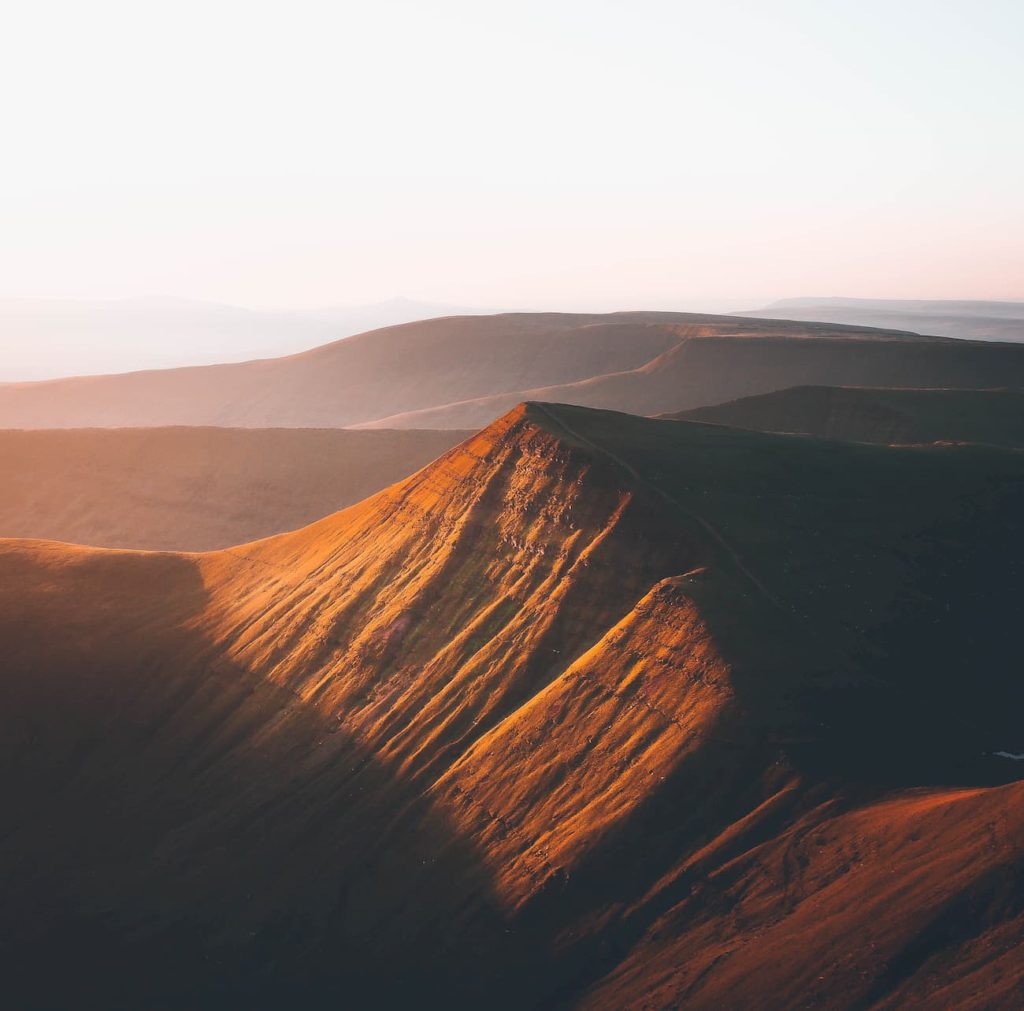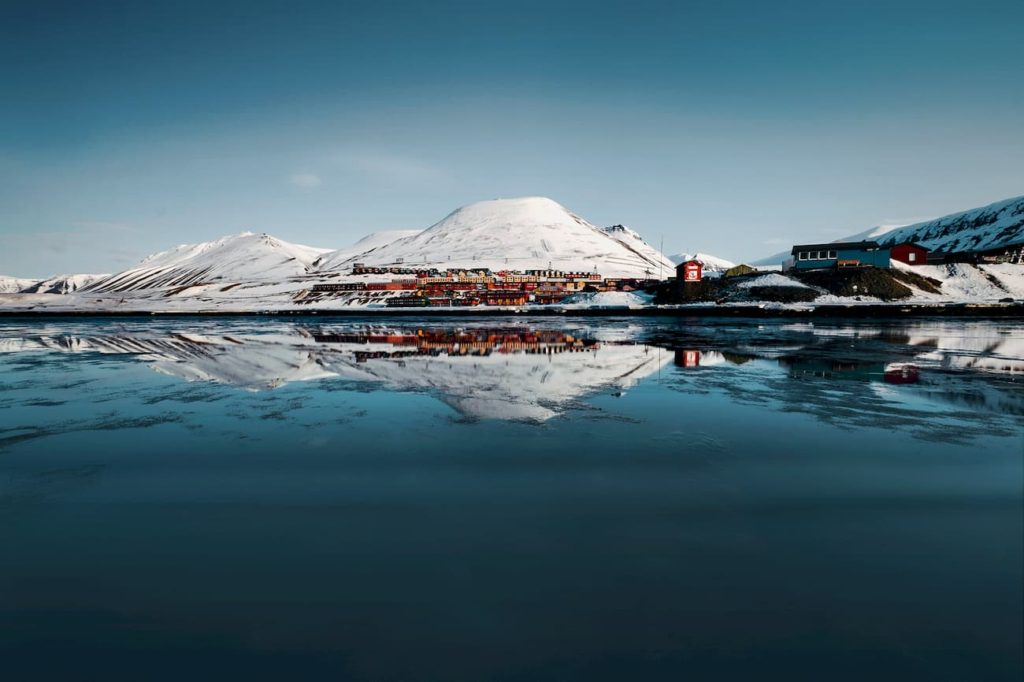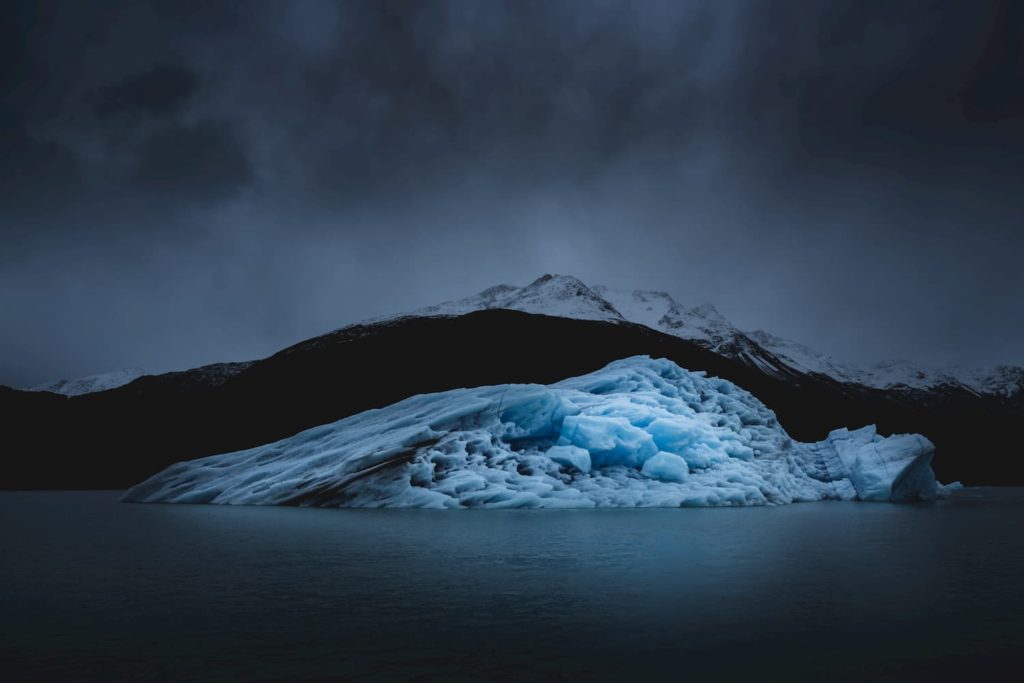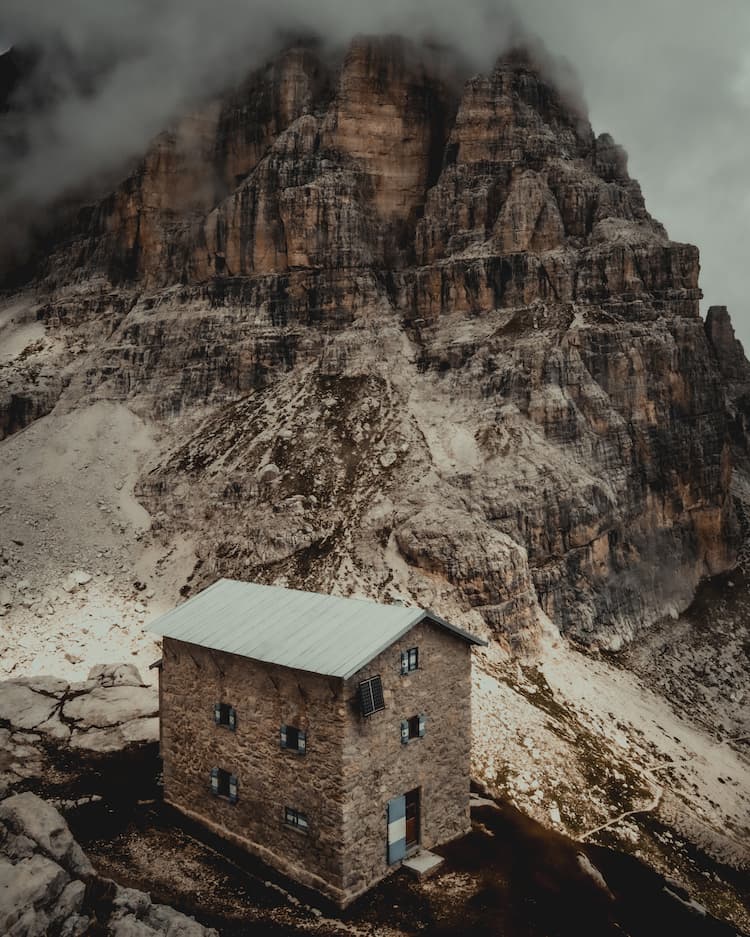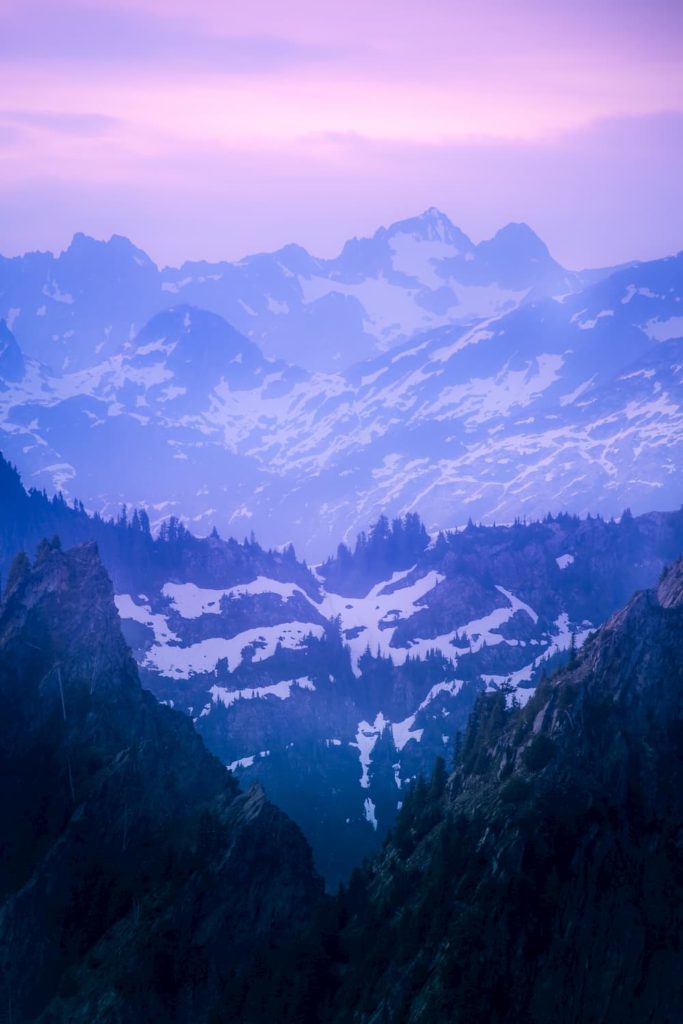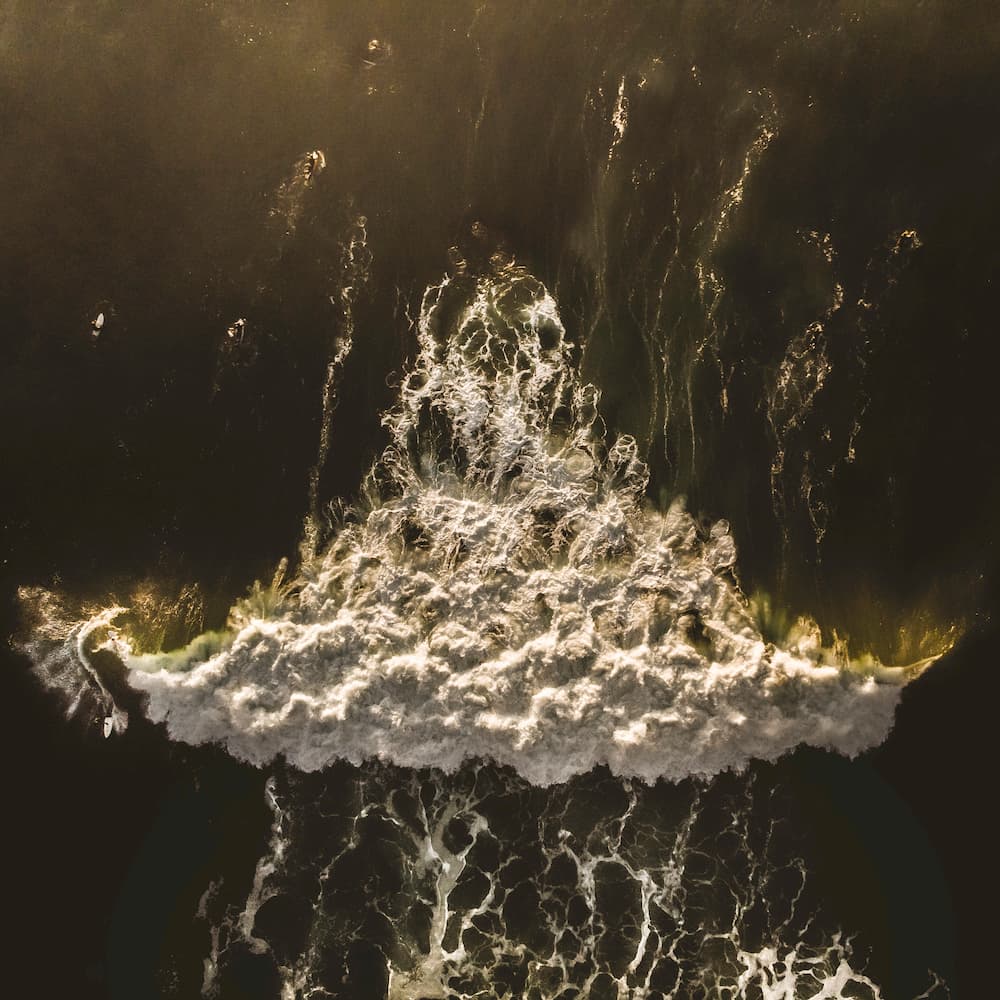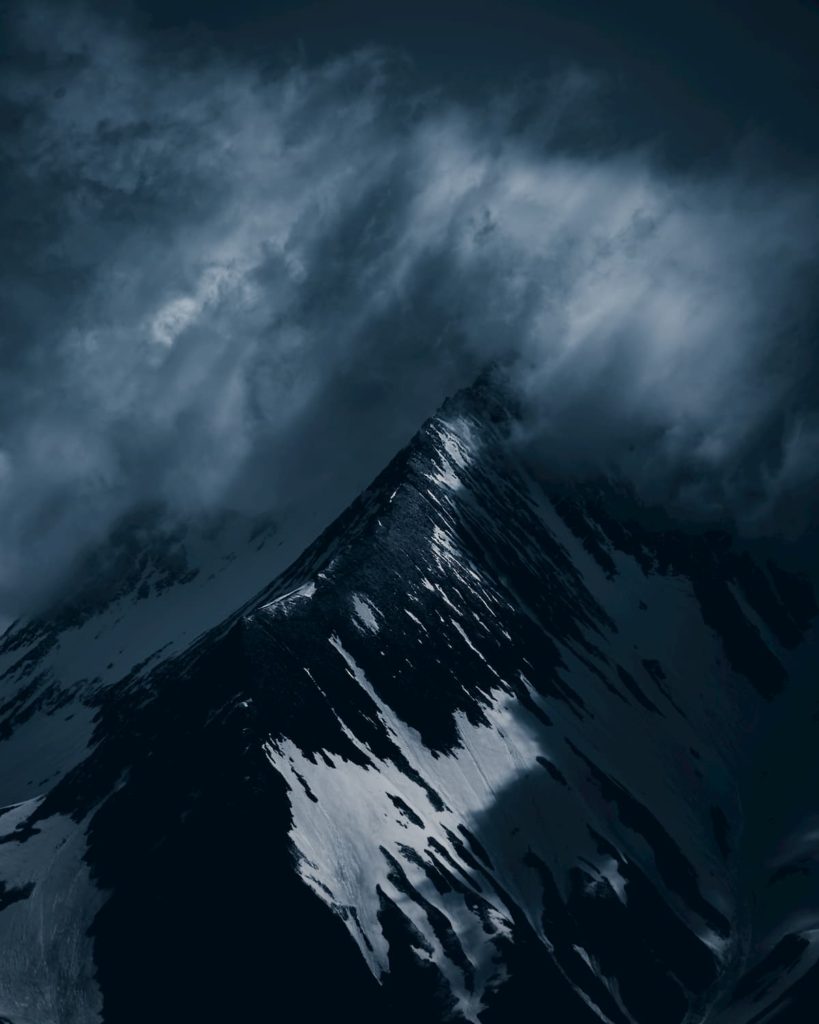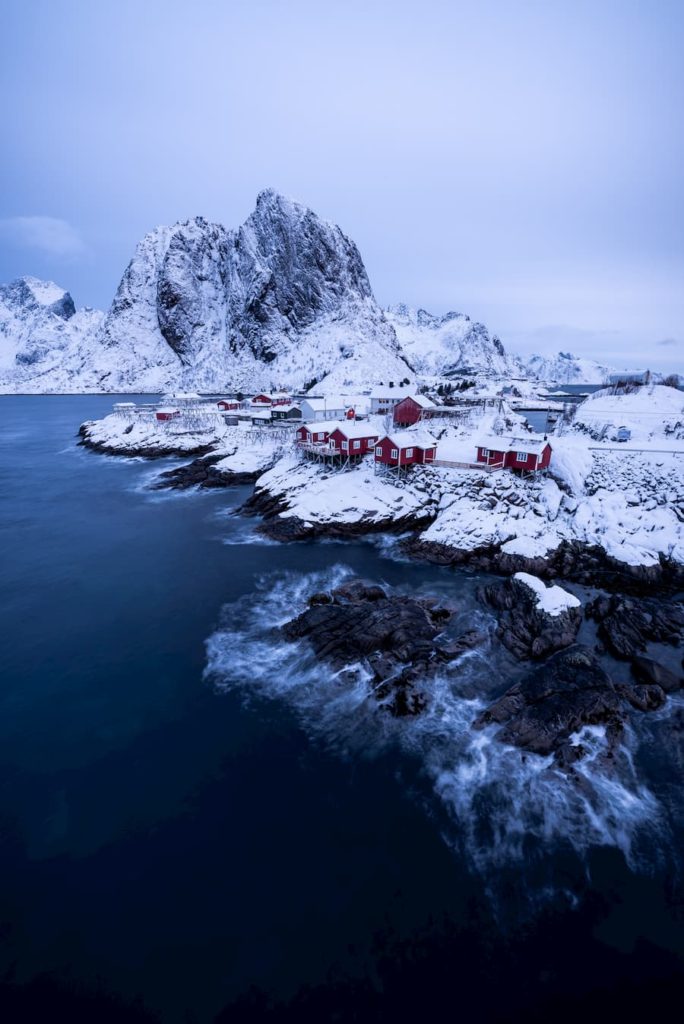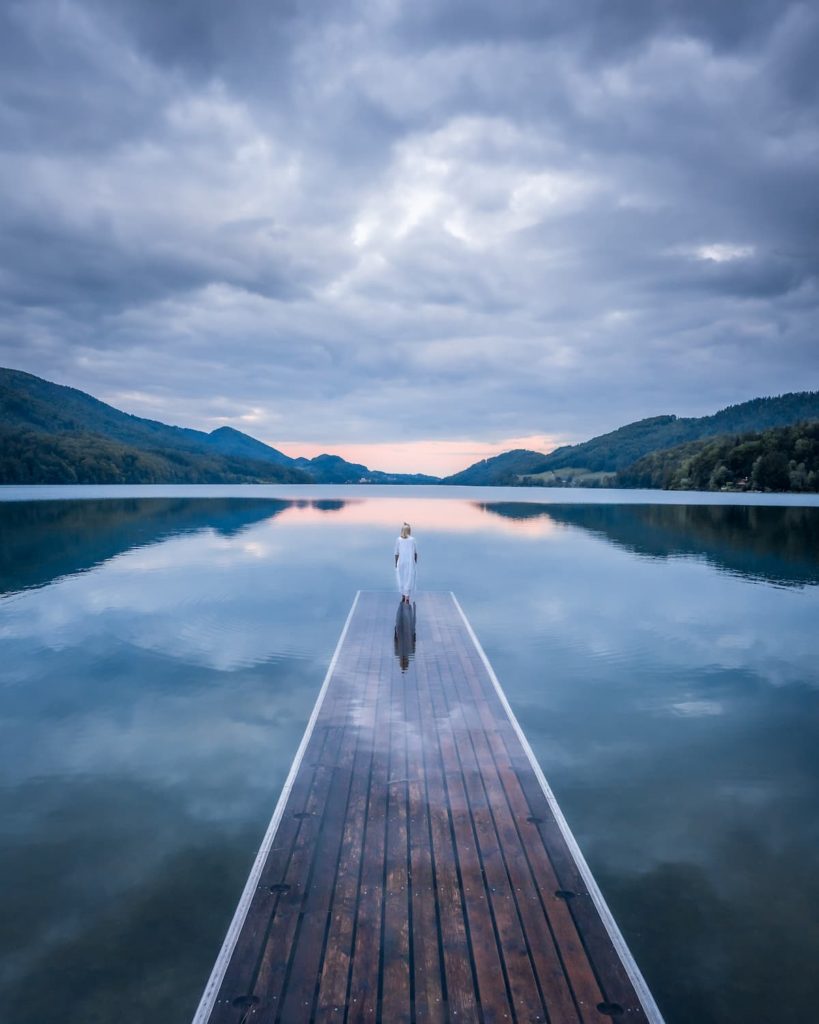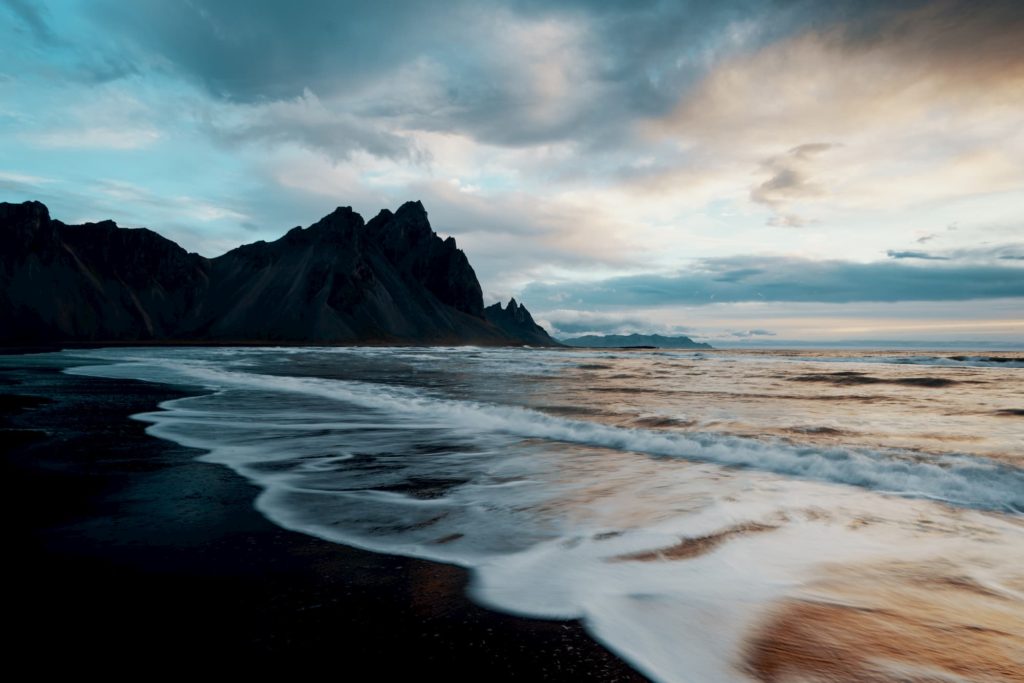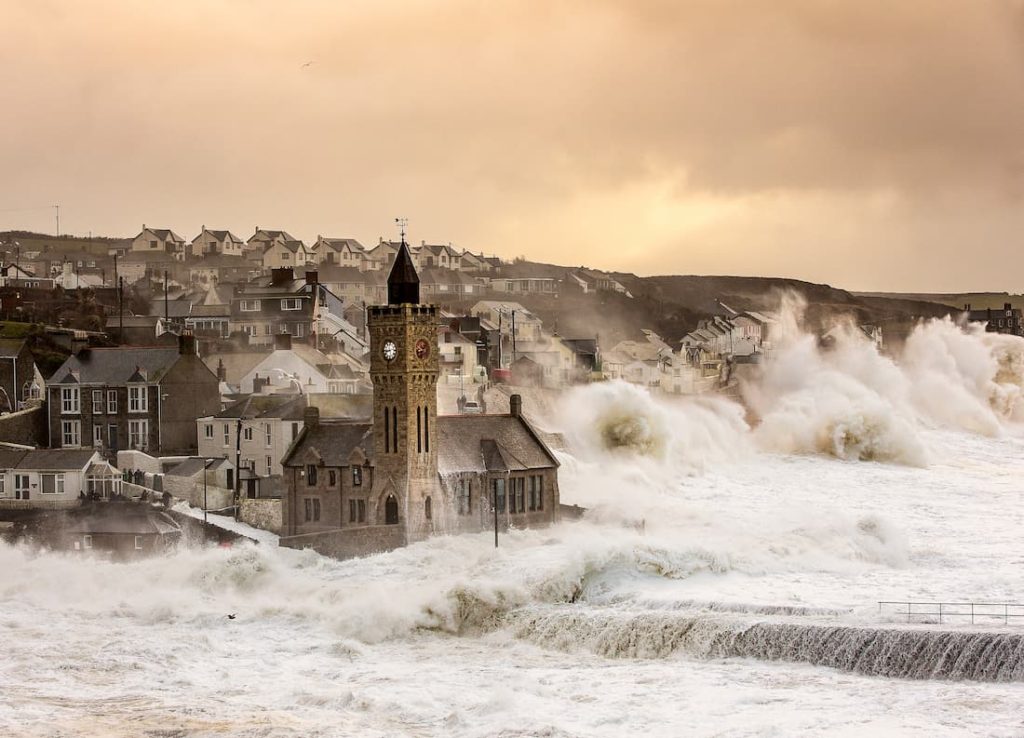
John Scheibe
@yonderjohn
Artist, photographer, and creative based in the US
The first time I remember holding a camera was back when I was about 12 years old. I found my mother’s camcorder just stuffed in a box somewhere in our house, so I took it and showed it to my best friend. We ended up starting a YouTube channel together with that camera and just had a blast making these small short films with it for a few years. The channel didn’t really grow the way we wanted it to, but that era of pure experimentation played a massive role in how I approach my projects today.
I’m entirely self-taught when it comes to cameras & editing, and back then there weren’t really accessible tutorials flying around on the internet that you could watch to get better. If there was a shot or some idea that you wanted to try, you literally just had to figure out how to make it happen. I had no idea how valuable all of the reverse-engineering we did would end up being for me down the line, it really was one of the most impactful periods of time for my creativity.
There’s also something to say about the confidence I found in my art during that time. We showed these videos to all of our friends and anyone in school who would watch, teachers too – and even though they were incredibly silly and chaotic films, it was so important to go through the process of showing our peers something we worked on creatively together. Learning how to confidently hit the “upload” button every single time we had a finished product is still incredibly important to me. I’ve never deleted anything off of my Instagram account, for example, and there’s lots of stuff on there that I cringe at whenever I see it, but those posts sort of just add fuel to my creativity in a way.
"It’s important for me to be able to see - and to show - every chapter in my creative journey."
My interest in photography first came about while I was still in university. I lived in Vienna for a short while between semesters and saw so many incredible scenes & landscapes in Austria and the neighbouring countries. Phone cameras have come a long way since back then, but I remember being very frustrated with my phone’s inability to not only accurately capture what I was seeing with my eyes, but also the feeling of what it was like to just be standing there amidst everything. If I look back at my old photographs, the memories are much stronger than the actual images. So, I suppose everything I’ve been doing in the realm of photography and visual creation so far has been an effort to balance out that marriage between the representation of memory and the memory itself.
I am doing many things as a creative; photography, writing, podcasts, video… If I’ve ever been interested in one singular thing, it’s the freedom to create whatever I want whenever I want. If I have some sort of idea, no matter how wild or crazy it is, I always allow myself room to explore that idea in whatever creative context it requires. I certainly specialize in photography and film at the moment, but that could change at almost any time. A few years ago I wrote a book and published it myself, which was wildly unexpected from almost everyone who knew me, but it just felt like something I should be doing at the time, so I did.
"I wrote in a notebook that I carried around with me every single day for about half a year, and by the end of that process, I had this crazy, totally unique accomplishment under my belt."
I had similar things happen in some other creative areas as well: I studied acting for a while and ended up doing some professional work when I lived in NYC, I produced and co-hosted a podcast with my partner, I became a content producer and blog writer for a few companies, I fired up a new YouTube channel, I scooped up a nomination for one of my photographs in the international Fine Art Photography Awards last year, and most recently, I’ve just started experimenting with directing & independent filmmaking. Even outside of the arts, I’ve done crazy things like professional water skiing and (very briefly) professional gaming. I kind of can’t help myself, it’s mildly hilarious. What I’ve found, though, is that through all these chaotic endeavors, every once in a while there comes a time when I need to be flexing a handful of these skills simultaneously. Just as an example, I started live streaming my photo editing process last year, and that’s been tapping into my experiences with photography, film, editing, sound mixing, voiceover & acting all at the same time.
"I have yet to find something that I regret pursuing, and if I can offer any advice to any blossoming creatives out there - don’t limit yourselves either."
On the other hand, though, every once in a while your creative pursuits can be blocked by some unforeseen circumstances – but I’ve found that that’s not always a bad thing. My partner and I were sort of forced to make some tough choices when it came to our living situation when the pandemic hit. We lived in NYC at the time, and actually had plans to move to LA later in the year, but we ended up back in our home state of Michigan under quarantine with my family for a while. During that time, I made a few videos talking about what it was like to transition from being a big city artist to a small town artist. I originally thought the move was detrimental to my artistry, creativity and career, but it ended up being exactly the opposite.
"One of the videos I made during quarantine, called Artist in Isolation, was seen and passed around between some pretty influential people in the Upper Michigan area."
From that single video, (and it didn’t go viral or anything, I think it maybe had 100 views) I was offered my first professional writing gig, which eventually transitioned into a full-blown content creation job among a slew of other paying creative opportunities. I lived in NYC for 5 whole years, bartending full time in order to sustain myself as an artist…but within 6 months of living in Michigan, I was working entirely for myself, making more money than I ever did tending bar. I had a pretty profound realization about the relationship between big cities and success, chiefly that those big cities can sometimes hold you back rather than be the catalyst you think your career needs. I’m creating more than I ever have, honing my skills more than I ever have, and experimenting more than I ever have.
I’m a firm believer in showcasing the creative process. When I was studying acting in school, it was really frustrating for me to learn that a lot of that creative process is protected by professionals, so I made it a mission of mine to showcase as much of my creative process as possible as I progressed through my career. I’ve made videos talking about everything from my photo editing process to lessons that I learned during my self-publishing journey, so I guess you could say that that kind of transparency is a strong element of my personal brand.
"A photo I feel really represents me as an artist and individual, would be the photo that was nominated for the Fine Art Photography Awards I mentioned earlier, but that’s not why I’m choosing it."
I like this photograph not only because it almost perfectly represents the style or mood that I try to create with the photographs I take, but also because it happened almost completely by accident. It was wintertime, freezing cold, and I was on a hike along a particularly scenic stretch of Lake Superior in Upper Michigan. I had my camera with me because I was trying to take some photographs of the frozen water, but instead, I came across this ship that was docked really close to shore. This happens to me quite a lot, actually, some of my best shots are almost purely coincidental.
My approach to photography is a bit whimsical, not unlike how I approach some aspects of my creative career, so I’m never really planning my shoots, and try not to limit myself to a single location or time of day. I just wander around whenever I’m feeling inspired, and try my best to capture anything that gives me a sense of wonder or excitement. On this particular day, before I had even framed up the shot I already knew I had something quite unique and special just floating right out in front of me. These big ore boats aren’t uncommon in this lake either, there’s an almost endless supply of pictures from locals & tourists featuring them, but it’s rare to see a photograph like this taken from such a wild perspective.
I shot this on the Sony a7iii with the Sony 85mm 1.8 lens. I knew right away that I wanted to have the option to print this shot large-scale, and with the a7iii’s smaller 24-megapixel sensor, I implemented a trick when I was taking the shot that helps to increase the print quality. The image is actually 3 horizontal photographs stitched together vertically into a perspective panorama using Adobe Lightroom. So the before/after might not look very traditional. As far as the editing process goes for this photograph, after the image was stitched together and cropped to my liking, I started with the water. There’s an overwhelming sense of depth & the unknown when you’re looking at something so big just sitting still in the water, so I really wanted to make sure the tones & the “mood” of the lake beneath it reflected that concept too.
"The tones I ended up using for the water are almost a dark blue/grey color, which is naturally balanced quite nicely by the brighter chunks of ice floating around."
I barely touched the tones of the actual ship once I was finished working on the water, they were complimenting each other so nicely already I didn’t want to screw that up, so I mostly left it alone. Some people accuse me of using dramatic graduated filters to darken the left side of the ship, but they’re usually surprised to find out that it’s actually occurring naturally. The dock that the ship is next to is on that left side and is no small structure itself, so in addition to the ship’s shadows already being cast by the sun, the dock is also producing a sort of negative fill on the ship as well. I think I may have lowered the exposure a touch across the whole image, but I didn’t tweak any of the “dramatics”. Apart from all that, I really didn’t do much to the image. No spot removal tools, no photoshop…mostly minor adjustments. My biggest concern was the water, and once I had those tones correct, the rest of the shot kind of just slipped into place. I think if you spend too much time editing an image, it does sort of start to look like an over-edited image, so I keep my editing sessions fairly short. I imagine this probably only took me about 10, 15 minutes to edit.
Move RIGHT or LEFT to compare
Back when I lived in New York, I really didn’t experiment with tones all that much. I had a single look I tried to replicate with almost every photo, and I didn’t realize it at the time, but it was kind of boring. Michigan is a very seasonal state, so after I moved back here I learned very quickly that taking a picture in the winter looks drastically different from what the same photo would look like in the fall, even if it’s just a few weeks apart. Instead of trying to cut my editing style through the different seasons, I instead leaned into the seasons for inspiration for my editing style.
Seasons also play a huge role when it comes to designing my Instagram feed. I organize all of my posts in advance, sometimes I’m ahead 2 or 3 weeks. I don’t recommend this approach for everybody, but I’ve grown really particular about how my feed on Instagram looks when you scroll through it, so I really take my time to shuffle images around until I think it looks right. Some people might think I try too hard to make the transitions happen, but in reality, those tonal transitions happen quite naturally with the different seasons as they come and go. I don’t go looking for photos with lots of blue in them for the sake of a winter grid, for example, that’s just not how I prioritize my work. I finish the photographs first, then see how I can fit them into my social accounts. I have a style, for certain… and while it’s definitely not appealing to everybody, there’s something about it that’s been catching people’s attention.
"What that style is, exactly? I’m not even sure if I know myself - but what I will say - is that it’s ridiculously fun for me to try to figure out."
If I can produce a photograph that not only holds someone’s attention, but can also make a person feel like they may have been standing in that environment – imagining for themselves what the surrounding nature feels like – that’s what I’m after. I’ve been told that my photography has invoked some subtle nostalgia in an unusual number of people over the last few months, so perhaps that means I’m headed in the right direction – but we’ll just have to see. I’ll only know if I keep pushing myself forwards, and by continuing to reflect on my creativity as I go.
Would you like content like this sent to your inbox?
NOMADICT
ART GALLERY
THE LATEST STORIES
WRITEN WITH PASSION TO INSPIRE YOU
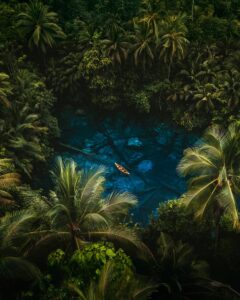
Tom Fähndrich (@tofenpics): Best of the Week 47 at #nomadict
Tom shares the journey behind his winning photography, from a passion for exploration and remote places to field lessons, composition choices, and color grading.
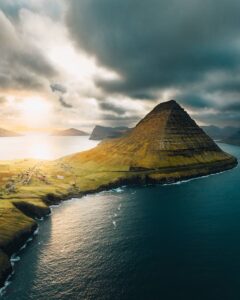
Photo tour in the Faroe Islands
Join us in the Faroe Islands for a unique photo tour, where you’ll elevate your creative skills with expert guidance from Ronald Soethje and Nomadict.

Photo tour in Azores, Portugal
Join us in the Azores for a unique photo tour, where you’ll elevate your creative skills with expert guidance from Ronald Soethje, Bruno Ázera, and Nomadict.

Forest Kai (@forest1kai): Photographer based in the US
In this article, Forest shares how years of chasing scale, silence, and raw landscapes shaped his approach to photography, from the deserts of Kazakhstan to the volcanic ridges of Iceland. He talks about how he uses light, texture, and vast negative space to create images that feel both intimate and overwhelming.

Simon Hechtbauer (@roamwithsimon): Best of the Week 32 at #nomadict
Simon shares the journey behind his photography, from early inspirations to field techniques, editing, and the story of the winning shot that shaped his path.

Miroslav Maršík (@miromarsik): Photographer based in Czech Republic
In this article, Miro shares how his love for cinematic music evolved into a deep passion for photography and how he uses light, color, and atmosphere to turn the streets of Prague into living film scenes.

Aurora photography panorama workflow: A guide to camera settings, editing, and color
In this article, Stefanie reveals how her background in physics sparked her passion for astrophotography and how she blends science with creativity to capture the beauty of the night sky. Readers will discover her approach to color, contrast, and editing, as well as her aurora photography workflow.

Yhabril (@yhabril): Best of the Week 33 at #nomadict
Spanish photographer Yhabril captures the profound connection between humans and the mountains that shaped him. Growing up in the Pyrenees, his work bridges outdoor sports, landscapes, and celestial scenes — often blending athletes, moonlight, and wilderness into striking visual stories.
